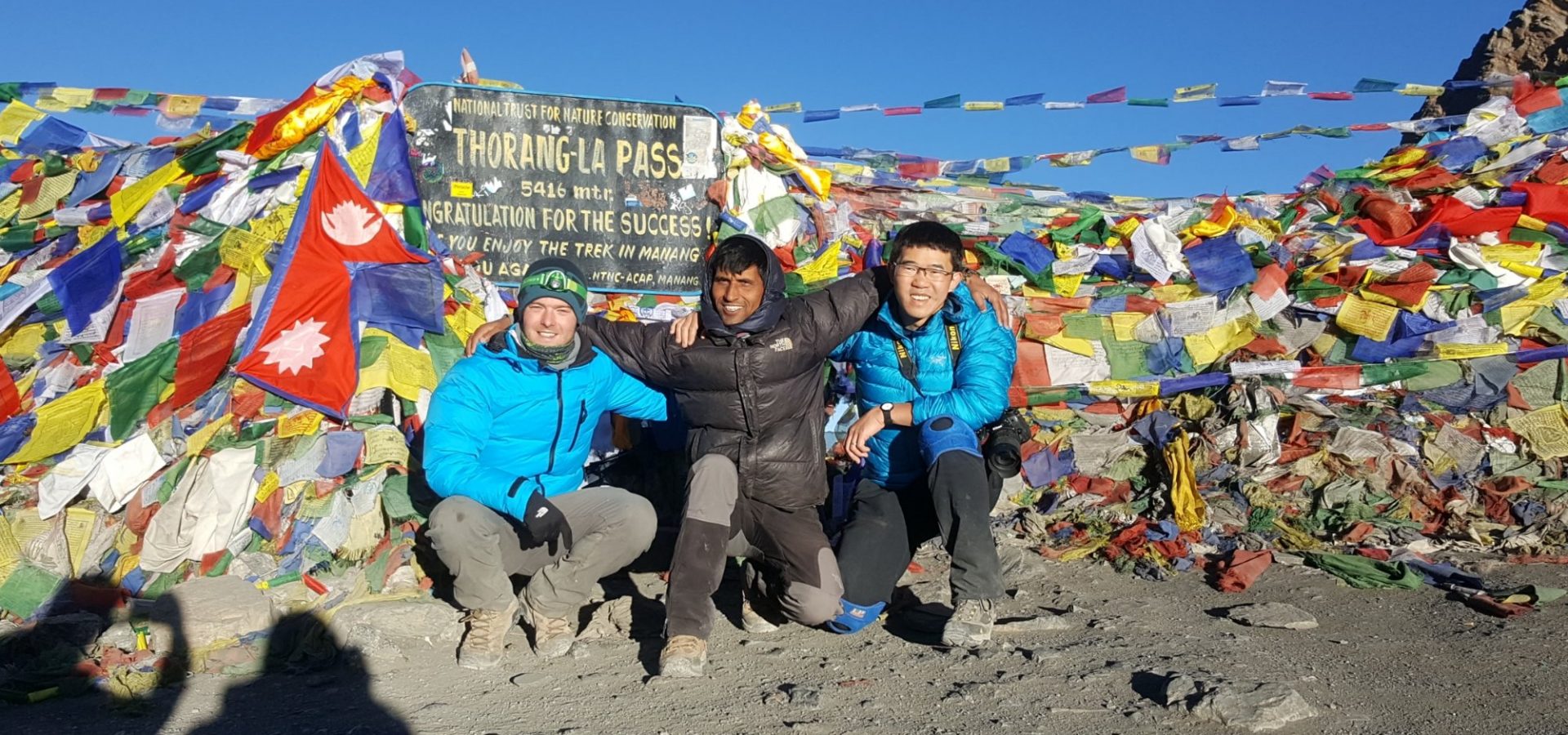Trekking in Nepal, known as ‘Himalayan Hiking’, is a goal that many adventure seekers and adrenaline addicts aspire to. Here is a guide to the seasons and a few words of advice on what to expect when planning your hike.
Nepal Trekking Season
Fall (September-November)
Fall is considered as the best season for trekking in Nepal. The months of September, October and November offer good climatic conditions and amazing mountain vistas. Daytime temperature is decent for any trekking and the sky is by and large clear with remarkable perspectives. At times, short tempests may dump impressive snow at high elevations.
Winter (December-February)
For the most part, the days are clear during the winter season in Nepal. December, January and February months produce chilly days; typically snow will fall in the higher rises with stiff breezes and colder temperatures. More comfortable trekking is to be had in the lower rises.
Spring (March-May)
Spring season in Nepal is also considered a great time for trekking and best for mountain climbing. This season offers a diverse assortment of wild verdure, blooming of the mammoth rhododendrons over 3000m and more agreeable and intriguing trekking at higher levels.
Summer (June-August)
June, July and August months are principally the stormy season in Nepal with many rainstorms and high precipitation, which makes trekking conditions unfavourable. However, this can be a good time to discover some Trekking regions of Nepal interfacing with Tibet, which lie behind the Himalayas rain shadow territory.
Tips for Nepal Trekking
Number 1 need = your wellbeing
Elevation instruction
Things keep running on Nepali time
A touch of comprehension goes far
Be careful with the air
Find out about the Local people group
Intense Mountain Sickness (AMS)
Difficulty Level
Easy
Treks that require 6-7hrs of strolling on relatively gentle terrain, and are under 4000 meters, fall into this class. An averagely fit individual can easily total such treks. These treks are the length of 7 to 16 days.
Moderate
The most extreme rise ascends to 5000 meters and not a great amount of direct treks. The span of these outings is 12-19 days and can also be accomplished by an averagely fit individual.
Respectably Difficult
These incorporate troublesome treks. The trail is challenging and requires you to be physically fit. In the event that you suffer from asthma, hypertension, coronary illness or other such conditions, you should not be considering this type of trek. The rise transcends 5000 meters and the adventure will keep going for 20 days or more.
Strenuous
These trails require a great deal of strength and endurance, both physically and mentally, so you need to be in good shape. The vast majority of them are in confined zones and are made out of tricky, mountainous terrain. The height can ascend to 6,461m/21,192ft. It is essential that participants have sound knowledge and experience of mountaineering and be fully acquainted with the use of crampons and ice tomahawks – Testament of this is required before acknowledgment on any climbing treks.
Top Five Trekking Packages of Nepal
Everest Base Camp Trek
Annapurna Base Camp Trek
Annapurna Circuit Trek
Everest Gokyo Lakes Trek
Mardi Himal Trek
Plan your Himalayan Hike with a Nepal Trekking Plan!




